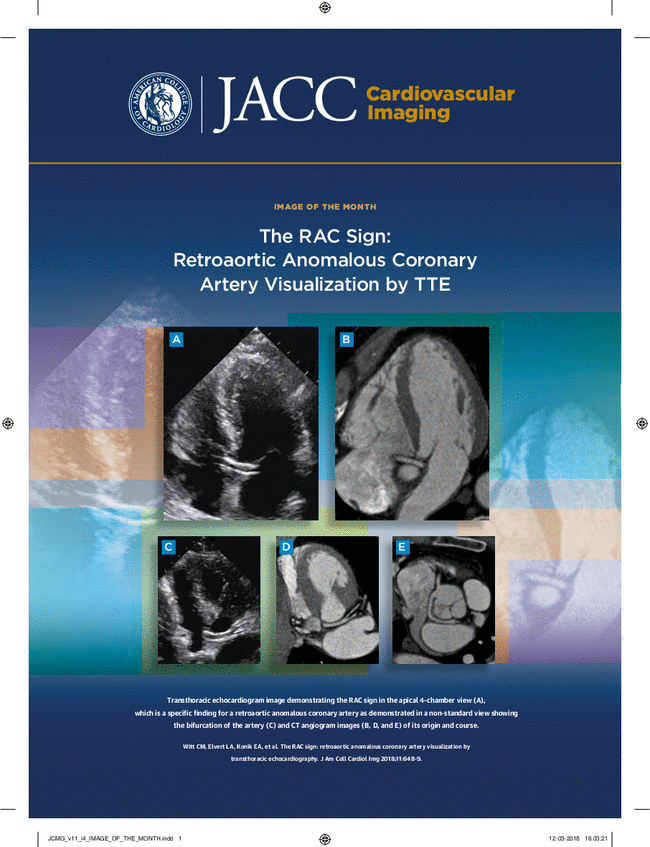心脏CT和PET监测心脏移植受者:系统评价和贝叶斯荟萃分析。
IF 15.2
1区 医学
Q1 CARDIAC & CARDIOVASCULAR SYSTEMS
引用次数: 0
摘要
背景:对于同种异体心脏移植血管病变(CAV)的无创监测,心脏计算机断层扫描(心脏计算机断层扫描[CT])和正电子发射断层扫描(PET)获得了2023年国际心肺移植学会指南的IIa级推荐。然而,由于担心它们排除疾病和分层风险的能力,实施工作滞后。目的探讨PET和心脏CT对心脏移植受者的诊断和预后能力。方法检索电子数据库,以评估CT或PET的诊断(用于检测血管造影CAV)和预后(用于预测主要不良心血管结局)价值。灵敏度和特异性采用随机效应的贝叶斯二元双正态-正态模型进行汇总。使用贝叶斯正态随机效应模型汇总hr。结果共纳入44项研究(32项CT和12项PET),共纳入3049例患者。冠状动脉ct血管造影(CTA)灵敏度高(97.6%;95%可信区间[CrI]: 93.7%-99.1%)和特异性(82.3%;95% CrI: 75.3% ~ 88.3%)。冠状动脉CTA也显示出较高的敏感性(92.6%;95% CrI: 86.2%-96.2%)和特异性(92.6%;95% CrI: 89.8% ~ 94.9%)。PET CAV算法检测显著CAV的灵敏度为83.9%;95% CrI: 69.1%-92.4%)和特异性(89.6%;95% CrI: 82.2% ~ 94.2%)。PET衍生参数包括心肌血流储备、应激心肌血流量、PET CAV评分和总应激评分,预测未来主要不良心血管结局。结论冠脉CTA和PET均可排除明显的CAV;然而,在较高的预测概率下,冠状动脉CTA可能是首选。多个pet衍生参数可能具有预后价值,而CT的长期预后价值证据不足。本文章由计算机程序翻译,如有差异,请以英文原文为准。
Cardiac CT and PET for Surveillance of Heart Transplant Recipients: Systematic Review and Bayesian Meta-Analysis.
BACKGROUND
For noninvasive surveillance of cardiac allograft vasculopathy (CAV), cardiac computed tomography (cardiac computed tomography [CT]) and positron emission tomography (PET) received a Class IIa recommendation by the 2023 ISHLT (International Society for Heart and Lung Transplantation) guidelines. However, implementation has lagged behind because of concerns about their ability to rule out disease and stratify risk.
OBJECTIVES
The purpose of this study was to define the diagnostic and prognostic ability of PET and cardiac CT in cardiac transplant recipients.
METHODS
Electronic databases were searched for studies evaluating CT or PET for their diagnostic (for detecting angiographic CAV) and prognostic (for predicting major adverse cardiovascular outcomes) value. Sensitivity and specificity were pooled using Bayesian bivariate binormal-normal models with random-effects. HRs were pooled using Bayesian normal random-effects models.
RESULTS
In total, 44 studies (32 CT and 12 PET) enrolling 3,049 patients were included. Coronary computed tomography angiography (CTA) showed high sensitivity (97.6%; 95% credible interval [CrI]: 93.7%-99.1%) and specificity (82.3%; 95% CrI: 75.3%-88.3%) for detecting any CAV. Coronary CTA also showed high sensitivity (92.6%; 95% CrI: 86.2%-96.2%) and specificity (92.6%; 95% CrI: 89.8%-94.9%) for significant CAV. The PET CAV algorithm for detecting significant CAV showed good sensitivity (83.9%; 95% CrI: 69.1%-92.4%) and specificity (89.6%; 95% CrI: 82.2%-94.2%). PET-derived parameters including myocardial flow reserve, stress myocardial blood flow, PET CAV score, and summed stress score, predicted future major adverse cardiovascular outcomes.
CONCLUSIONS
Both coronary CTA and PET can rule out significant CAV; however, at higher pretest probabilities, coronary CTA may be preferrable. Multiple PET-derived parameters may have prognostic value, whereas there is insufficient evidence for the long-term prognostic value of CT.
求助全文
通过发布文献求助,成功后即可免费获取论文全文。
去求助
来源期刊

JACC. Cardiovascular imaging
CARDIAC & CARDIOVASCULAR SYSTEMS-RADIOLOGY, NUCLEAR MEDICINE & MEDICAL IMAGING
CiteScore
24.90
自引率
5.70%
发文量
330
审稿时长
4-8 weeks
期刊介绍:
JACC: Cardiovascular Imaging, part of the prestigious Journal of the American College of Cardiology (JACC) family, offers readers a comprehensive perspective on all aspects of cardiovascular imaging. This specialist journal covers original clinical research on both non-invasive and invasive imaging techniques, including echocardiography, CT, CMR, nuclear, optical imaging, and cine-angiography.
JACC. Cardiovascular imaging highlights advances in basic science and molecular imaging that are expected to significantly impact clinical practice in the next decade. This influence encompasses improvements in diagnostic performance, enhanced understanding of the pathogenetic basis of diseases, and advancements in therapy.
In addition to cutting-edge research,the content of JACC: Cardiovascular Imaging emphasizes practical aspects for the practicing cardiologist, including advocacy and practice management.The journal also features state-of-the-art reviews, ensuring a well-rounded and insightful resource for professionals in the field of cardiovascular imaging.
 求助内容:
求助内容: 应助结果提醒方式:
应助结果提醒方式:


